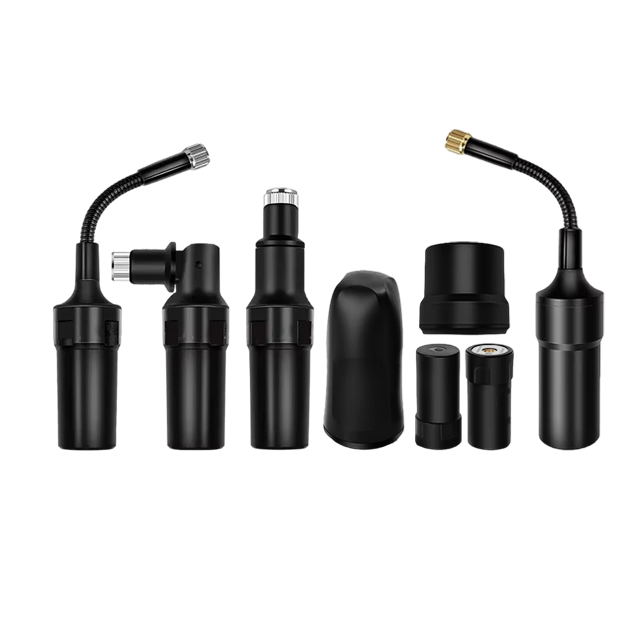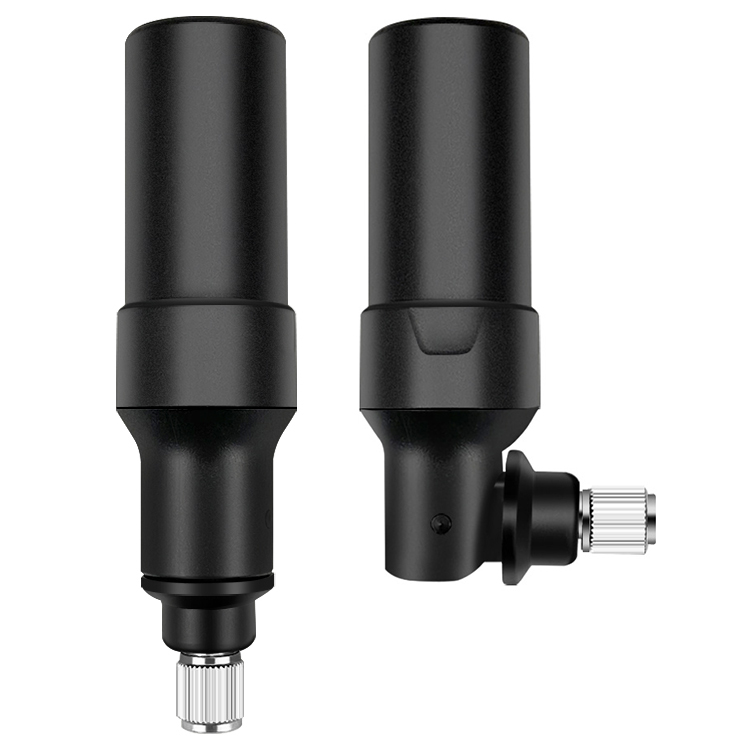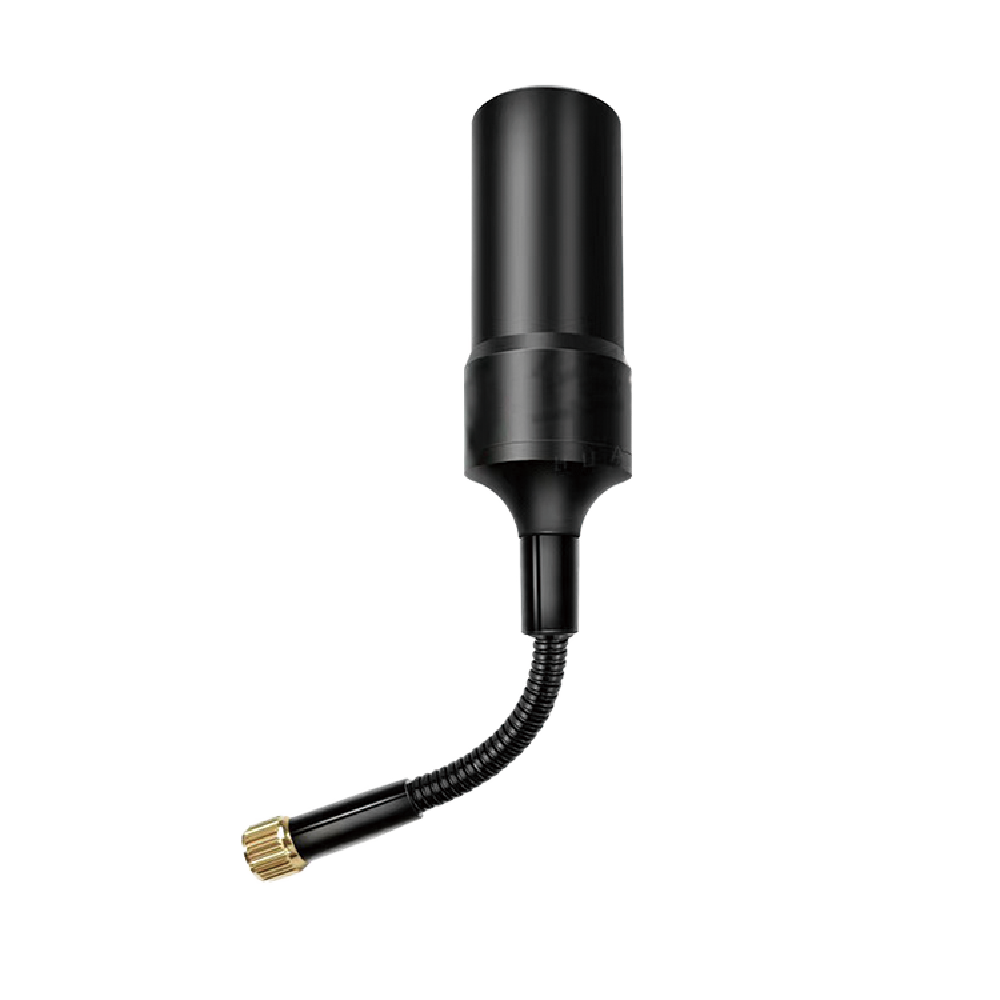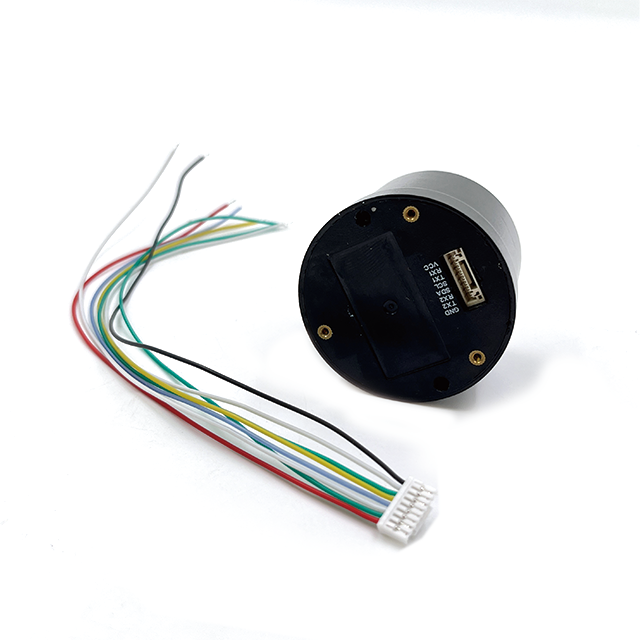The built-in GNSS RTK helical antenna for drones represents a significant leap in high-precision positioning technology, offering a unique blend of performance, integration, and reliability. Its adoption in professional and industrial drones has been driven by the need for centimeter-level accuracy, robust signal reception, and compact design. However, integrating such a high-performance antenna into the constrained and electromagnetically hostile environment of a drone presents several engineering challenges that must be carefully addressed.
Key Advantages:
Superior Signal Reception and Polarization Match:
The helical antenna’s inherent right-hand circular polarization (RHCP) provides an optimal match with the polarization of GNSS satellite signals. This ensures maximum energy transfer and minimizes signal loss due to polarization mismatch, a common issue with linearly polarized antennas. In dynamic flight conditions—such as banking, rolling, or rapid altitude changes—the helical antenna maintains a consistent signal lock, reducing the risk of position drift or loss of RTK fix.
High Gain and Directional Radiation Pattern:
Unlike omnidirectional patch antennas, the helical design offers higher gain in the upper hemisphere, focusing reception toward the sky where GNSS satellites are located. This directional characteristic enhances signal-to-noise ratio (SNR) and improves satellite tracking, especially at low elevation angles. The result is faster time-to-first-fix (TTFF) and more stable RTK solutions, even in partially obstructed environments like urban canyons or forested areas.
Compact and Aerodynamic Integration:
The built-in design allows the helical antenna to be seamlessly embedded within the drone’s fuselage or top panel, eliminating external protrusions that increase drag, risk of damage, or aesthetic disruption. This integration supports sleek, low-profile drone designs essential for commercial and consumer applications. The reduced mechanical vulnerability also enhances durability during transport, takeoff, and landing.
Excellent Phase Center Stability:
For RTK positioning, the stability of the antenna’s phase center—the effective point from which signals are measured—is critical. Any variation in the phase center introduces measurement errors that degrade positioning accuracy. The symmetrical, mechanically rigid structure of the helical antenna, combined with a well-designed ground plane, ensures minimal phase center variation across different satellite elevations and azimuths. This stability is essential for achieving and maintaining centimeter-level precision.
Multi-Band and Multi-Constellation Support:
Modern built-in helical antennas are designed to receive signals across multiple GNSS frequency bands (L1, L2, L5) and constellations (GPS, GLONASS, Galileo, BeiDou). This multi-frequency capability enables ionospheric delay correction, a major source of error in single-frequency systems. The increased number of visible satellites improves satellite geometry (lower DOP values), enhancing positioning reliability and availability, particularly in challenging signal environments.
Integrated Front-End Electronics:
These antennas typically include a low-noise amplifier (LNA), bandpass filters, and bias-T circuitry within the same housing. The LNA amplifies weak satellite signals before they are degraded by cable loss or interference, preserving signal integrity. Bandpass filters reject out-of-band noise from 4G/5G, Wi-Fi, and motor controllers, while bias-T allows power delivery over the same coaxial cable used for RF transmission, simplifying wiring and reducing system complexity.
Robustness Against Multipath Interference:
The directional radiation pattern of the helical antenna naturally suppresses ground-reflected signals, which are a primary source of multipath errors. This is particularly beneficial during low-altitude flights or operations over reflective surfaces like water, concrete, or metal structures. By minimizing multipath, the antenna ensures cleaner carrier phase measurements, leading to more accurate and reliable RTK solutions.
Environmental Durability:
Encased in a rugged, weather-resistant radome with IP67 or higher ingress protection, the built-in helical antenna can withstand moisture, dust, vibration, and temperature extremes. This makes it suitable for outdoor operations in harsh environments, from arid deserts to humid tropical regions.
Persistent Challenges:
Electromagnetic Interference (EMI):
Drones are electromagnetically noisy environments, with high-current motor controllers, switching power supplies, and digital communication systems generating broadband RF noise. This EMI can couple into the sensitive GNSS front end, degrading signal quality and increasing phase noise. Despite shielding and filtering, residual interference can still affect RTK performance, especially in compact designs where components are closely packed.
Thermal Drift and Stability:
The LNA and other active components generate heat during operation, which can cause thermal expansion of materials and shifts in dielectric properties. These changes may alter the antenna’s resonant frequency, phase center, or gain characteristics, introducing small but significant errors in RTK positioning. Effective thermal management—through heat-dissipating substrates, thermal vias, or passive cooling—is essential to maintain long-term stability.
Limited Ground Plane Size:
In built-in designs, the ground plane is often constrained by the drone’s internal structure. A small or irregularly shaped ground plane can distort the radiation pattern, reduce gain, and compromise multipath rejection. Designers must carefully simulate and optimize the ground plane to ensure consistent performance across different flight orientations.
Signal Blockage and Obstruction:
Internal mounting may place the antenna beneath carbon fiber components, batteries, or other conductive materials that attenuate GNSS signals. Carbon fiber, in particular, is highly conductive and can block RF signals if not properly managed. Strategic placement and the use of RF-transparent materials in the drone’s body are necessary to ensure adequate sky visibility.
Design and Manufacturing Complexity:
Achieving optimal performance requires precise control over helix geometry, material selection, and RF circuit design. Small deviations in winding pitch, conductor diameter, or dielectric constant can significantly affect resonance and efficiency. This complexity increases manufacturing costs and necessitates rigorous calibration and testing.
Cost vs. Performance Trade-offs:
High-performance materials (e.g., low-loss dielectrics), precision manufacturing, and integrated electronics increase the cost of built-in helical antennas. This can be a barrier to adoption in cost-sensitive consumer or entry-level professional drones.
Fixed Performance Characteristics:
Unlike external antennas, built-in designs cannot be easily upgraded or replaced. Once integrated, the antenna’s performance is fixed, limiting flexibility for future enhancements or adaptation to different operational environments.
In conclusion, while the built-in GNSS RTK helical antenna offers exceptional advantages in signal quality, accuracy, and integration, designers must navigate significant challenges related to EMI, thermal stability, and physical constraints to fully realize its potential in drone applications.




































































 Language
Language
 En
En Cn
Cn Korean
Korean

 Home >
Home > 








 18665803017 (Macro)
18665803017 (Macro)













